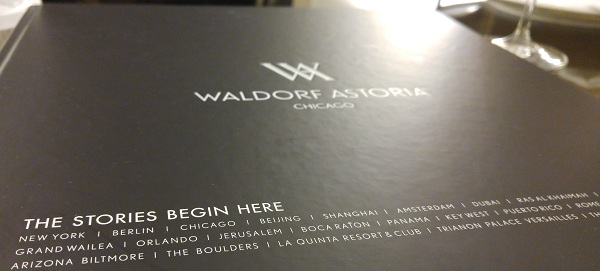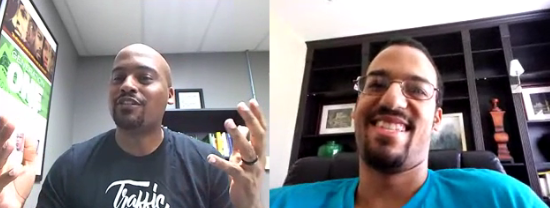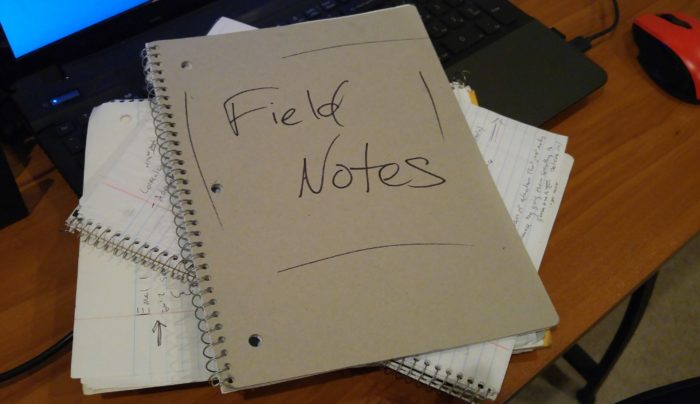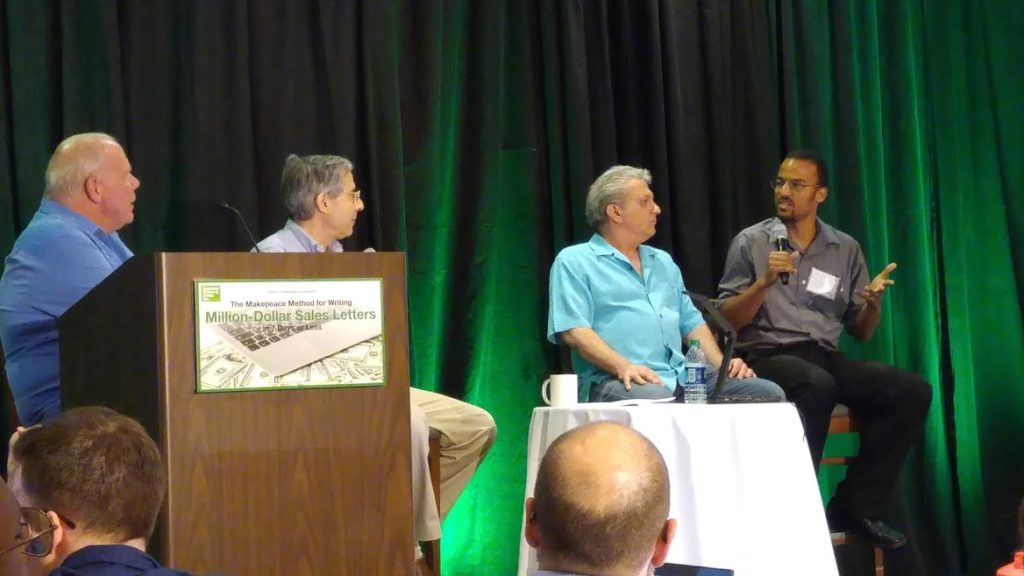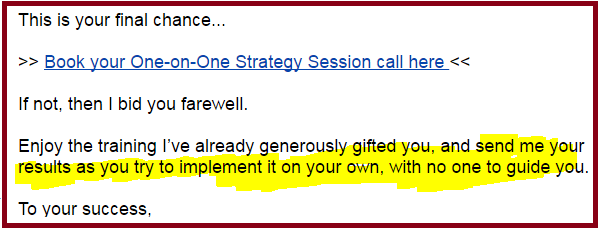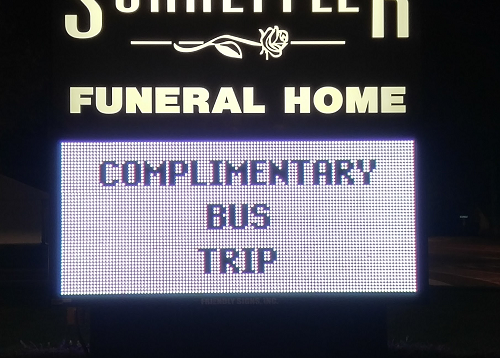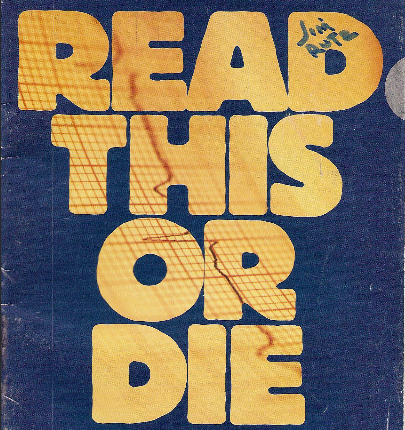People’s attention spans are shorter than ever… or are they?
So-called “experts” report that human attention span is shorter than that of a goldfish. So how do they explain that millions of people regularly spend 90 minutes watching a movie… and even longer reading Harry Potter books (which could be measured in inches instead of number of pages).
What’s really going on here?
I recently shot a video to explain why attention spans APPEAR to be shrinking and, more importantly, I several suggestions for overcoming this obstacle, including:
- what your readers absolutely will not stand for when reading your emails… which is one of the reasons people ignore 90% of the messages that land in their inboxes
- 4 strategies that keep an audience hanging on every word you share — 3 of which almost no one is telling you about
- what you have to stop BEING in order to move up the ladder into “Approachable Expert” status and keep readers from tuning you out.
This was a livestreamed video; that will become obvious when you watch. I think it’s pretty good, though. And you can put these ideas to work right away and start increasing the length and quality of attention you get from your list.
By the way, a recent analysis of billions emails by Litmus Email Analytics shows that email attention spans actually INCREASED by 7% between 2011 and 2016. Kinda goes against the prevailing theory, doesn’t it?
Just in case you’re not big on watching videos, let me break down the 4 strategies I talked about.
1) You have to spend more time talking about IMPORTANT and INTERESTING things. Not important to you, necessarily, but important to your reader.
We all love talking about ourselves, but readers need to see how what you write benefits them.
2) Commit to telling more stories. People love hearing stories. As long as they’re not drawn-out and boring, people are more than happy to sit and listen. Much longer than they’re likely to read raw information.
Naturally, you still have to tie your stories back to what’s important/interesting for the reader.
More details are better. More emotions are better. More sensory information is usually better.
Help the reader feel like he was really there.
3) Become a personality. Show off your unique characteristics. Be likeable. Be despicable. Just don’t be boring.
We all form bonds with people we spend time with — even if we never meet them in person. Psychologists have a term for that: parasocial relationships. Think about it. You probably feel a little bit like you’re friends with your favorite TV characters. You almost believe that you know them. You definitely empathize with them.
You can achieve the same kind of connections with your audience. But you have to put your personality on display.
4) Demonstrate the points you make. Offer proof (or at least evidence) that what you’re saying is true. That you’re the real deal.
Now, go forth — win and defend the attention of your email list.

